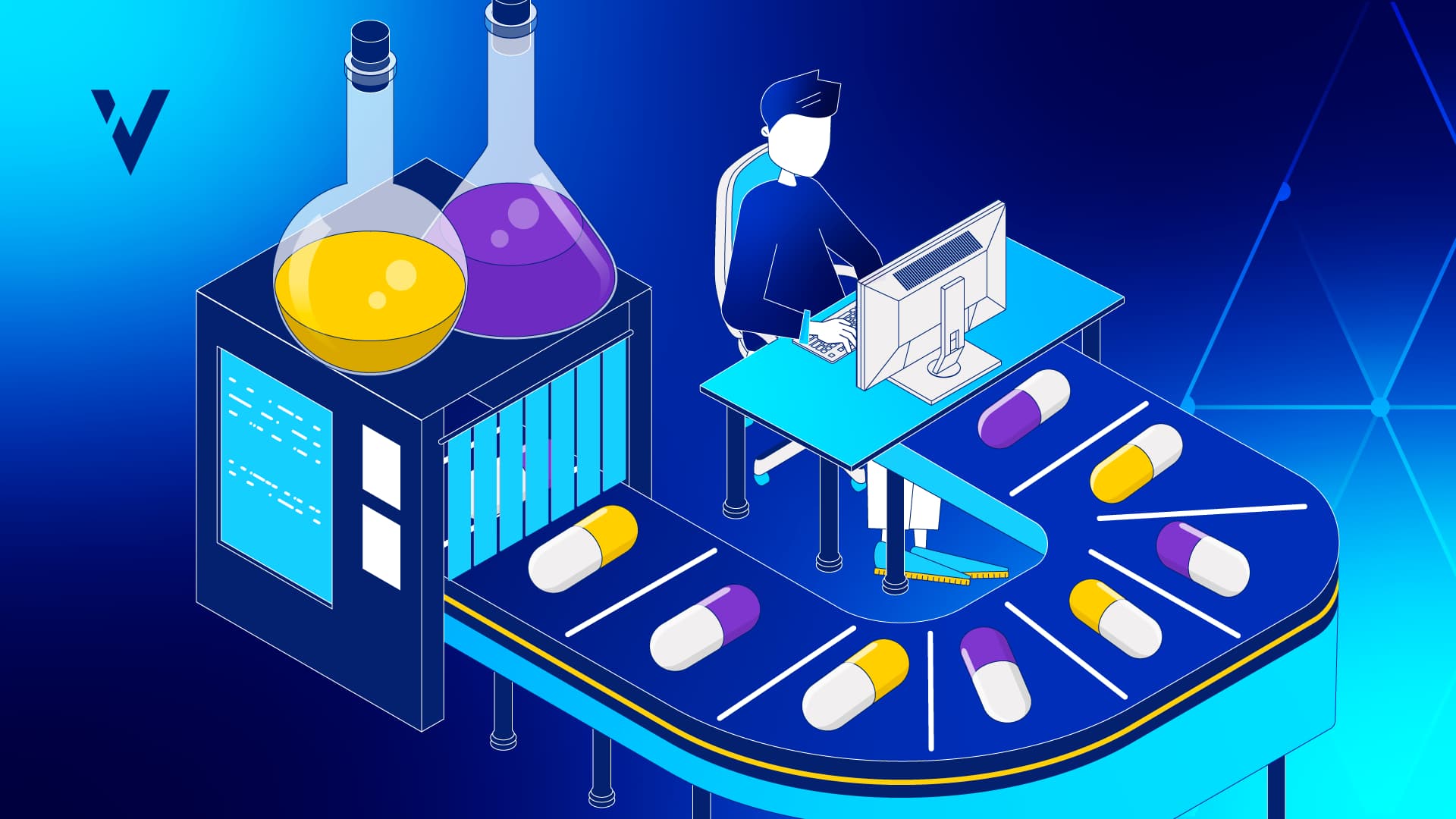Editor’s Note: The following blog post summarizes an article written by ValGenesis Senior Industry Consultant Chinmoy Roy, published September 19, 2024, on PharmTech.com.
In September 2004, the FDA's Current Good Manufacturing Practice (cGMP) working group released a pivotal report titled "Pharmaceutical CGMPs for the 21st Century — A Risk-Based Approach." This report set a transformative goal for the industry: to produce high-quality drugs with minimal regulatory oversight. However, this shift introduced new challenges, complicating the balance between patient needs and investor demands. Fortunately, advanced technologies such as artificial intelligence (AI), machine learning (ML), the industrial internet of things (IIoT), and big data are converging to form Pharma 4.0, an ecosystem that promises to revolutionize drug discovery, manufacturing, and supply chain logistics.
The Digital Evolution of Manufacturing Control and Management
The pharmaceutical industry has evolved rapidly since the 1980s, moving from manual to automated processes. Today's landscape is a blend of traditional and digital methods. Pharma 4.0 is driving the shift toward smart manufacturing leveraging advanced technologies, while the FDA's Advanced Manufacturing initiative further propels this transformation, aiming to streamline production and enable personalized medicine.
To meet the growing demand for personalized medicine, the industry is adopting flexible manufacturing, which requires rapid, cost-effective production of multiple drug batches. Digital transformation is key to achieving this. Although specific data on digitalization rates is limited, the benefits of adopting advanced technologies are evident. As the industry evolves, balancing compliance with digital innovation will be crucial to enhancing agility, quality, and efficiency.
Exploring the Lexicon of Pharma 4.0
Pharma 4.0 is a comprehensive approach to pharmaceutical manufacturing that leverages Industry 4.0 principles to address life sciences sector challenges. It envisions a future where equipment communicates seamlessly, data drives decisions, and operations integrate smoothly with digital processes. Rather than requiring entirely new equipment, Pharma 4.0 emphasizes using existing technologies like IIoT, cloud computing, and data analytics to create a more digital and interconnected manufacturing environment, as Figure 1 illustrates.

Core principles of Pharma 4.0 include seamless data sharing, process automation, real-time data analysis, and the use of cutting-edge technologies to optimize processes and accelerate drug discovery. These principles, as well as key terms, are further explored in the article.
Pharma 4.0 Building Blocks
Pharma 4.0 introduces several groundbreaking elements that differentiate it from traditional manufacturing. Key components include data engineering (building/maintaining infrastructure to process, store, and analyze data), data lakes (centralizing data storage for comprehensive analysis and insights), data integration (unifying data from various sources for better decision-making), advanced analytics (leveraging powerful tools/techniques to extract actionable insights from data), hyperautomation (rapidly identifying and automating business and IT processes to increase efficiency), and model-based design (using digital models to optimize and troubleshoot processes).
By embracing these elements, organizations can enhance efficiency, improve quality, and accelerate drug development and production.
Charting the Course for Pharma 4.0
The journey to Pharma 4.0 necessitates a new approach to validation. While traditional methods suffice for static systems, the dynamic and interconnected nature of Pharma 4.0 components requires a more agile and continuous approach. The article examines these components and potential validation strategies:- Data Engineering: Data engineers bridge the gap between raw data and actionable insights. They cleanse data, design data pipelines, and create data-centric URS documents that focusing on data flow. These diagrams are validated through walkthroughs, test case mapping, and impact analysis simulations.
- Data Lakes: Well-designed data lakes significantly enhance business performance by maintaining clear rules, consistent schemas, and improved data reliability. Validating data lakes involves implementing robust security and access controls, ensuring regulatory compliance with GDPR, HIPAA, and other bodies, and testing user interfaces.
- Data Integration: Validation ensures data accuracy, completeness, and reliability. This process includes data quality checks, verifying data transformations, reconciling integrated data, and conducting manual reviews. Detailed documentation and reporting are crucial for transparency and accountability.
- Advanced Analytics: Validating analytics is essential for ensuring accurate and reliable insights. This requires testing both data inputs and outputs. Data governance and effective data ownership are also vital. Validating data analytics software can be done using standard CSV practices and/or vendor qualification.
- Hyperautomation: A comprehensive validation approach is necessary to ensure accurate and reliable automated processes. This involves reviewing process maps, testing component suitability, ensuring data accuracy, and conducting non-functional testing. A thorough validation strategy throughout the hyperautomation lifecycle maximizes business value and impact.
- Model-Based Design: Using AI/ML models require continuous validation to ensure reliability. Techniques such as cross-validation, hyperparameter tuning, edge case testing, and bias testing are essential. Additionally, reviewing documentation and monitoring model performance is crucial. Digital twin models undergo credibility assessment through verification, validation, and uncertainty quantification.
The life sciences industry is on the cusp of a Pharma 4.0 revolution. To fully realize its potential, a science-driven validation approach is crucial. This requires skilled personnel equipped with both scientific and compliance expertise. By adopting the outlined validation principles, the industry can achieve a more efficient, effective, and patient-centric future.
Read the full article on PharmTech.com.
Explore related resources:
Digital Transformation Pharma 4.0
Ângela Martinho
Vice President, Consulting Services



